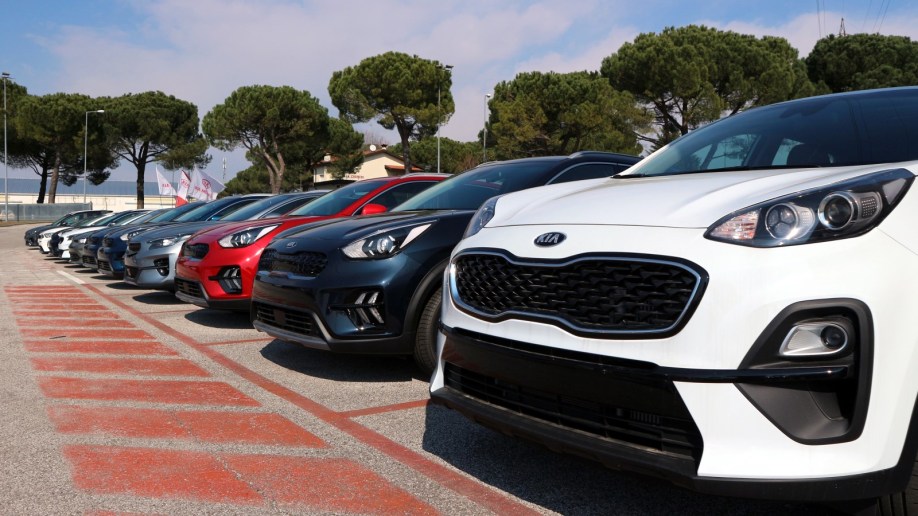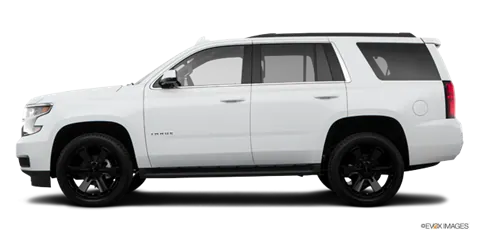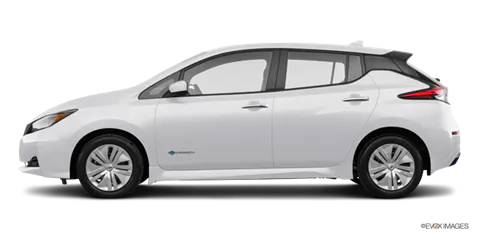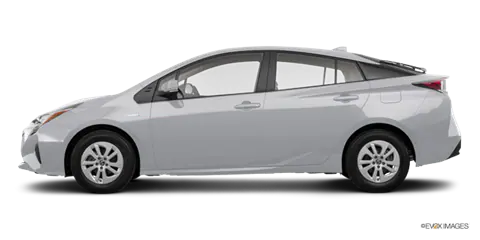
Prices remain about 13% higher, on average, than one year ago.
While the decline is encouraging, the average buyer still paid more than MSRP (manufacturer’s suggested retail price) for a new car last month.
In March, new vehicles from Kia, Honda, and Mercedes-Benz were selling, on average, for between 7.8% and 9.8% over MSRP. On the other side of the spectrum, Volvo, Buick, and Lincoln were selling around 1% below sticker price.
Americans are still paying more for luxury cars.
Prices for non-luxury cars declined in March by an average of $53 compared to February. Luxury car sales, however, were averaging $272 higher than one month before.
In a reverse from recent trends, prices for sedans and coupes went up while prices for vans, SUVs, and pickup trucks declined. Vans saw the biggest decrease, with an average price drop of $983 during the month.
While the average price Americans pay for a new vehicle may be dropping, incentives are still disappearing. Discounts advertised by automakers and car dealers made up just 3.2% of the average transaction in March – a record low.
Analysts expect further price changes to come slowly this year.
“With a myriad of supply chain issues disrupting global vehicle production, we expect inventory to remain tight through the rest of the year and prices to remain high,” said Michelle Krebs, executive analyst for Cox Automotive. Cox Automotive is the parent company of Kelley Blue Book.
An ongoing microchip shortage, disruptions caused by the war in Ukraine, and the added cost of transporting cars and parts due to high gas prices will all contribute to keeping prices high.
















